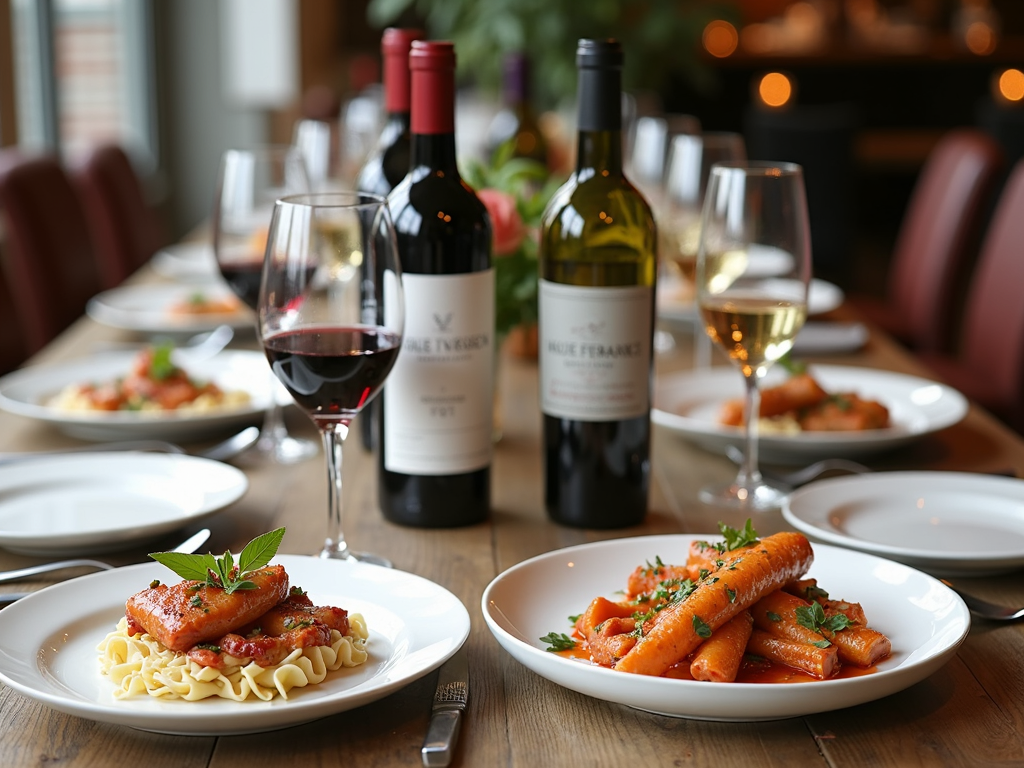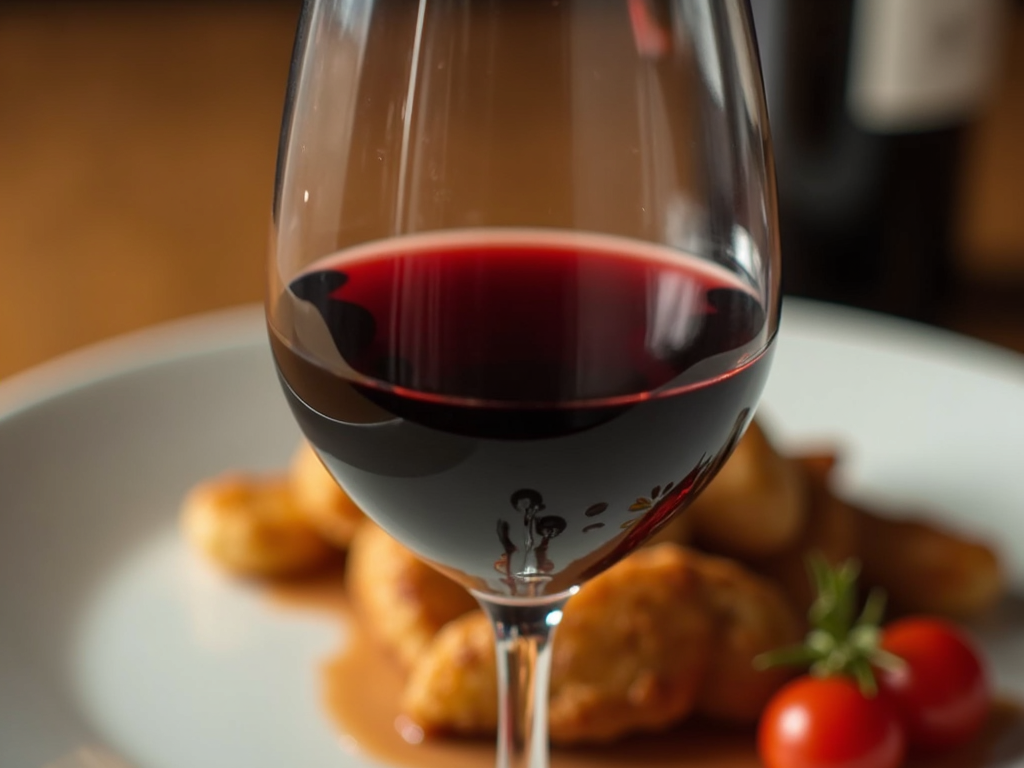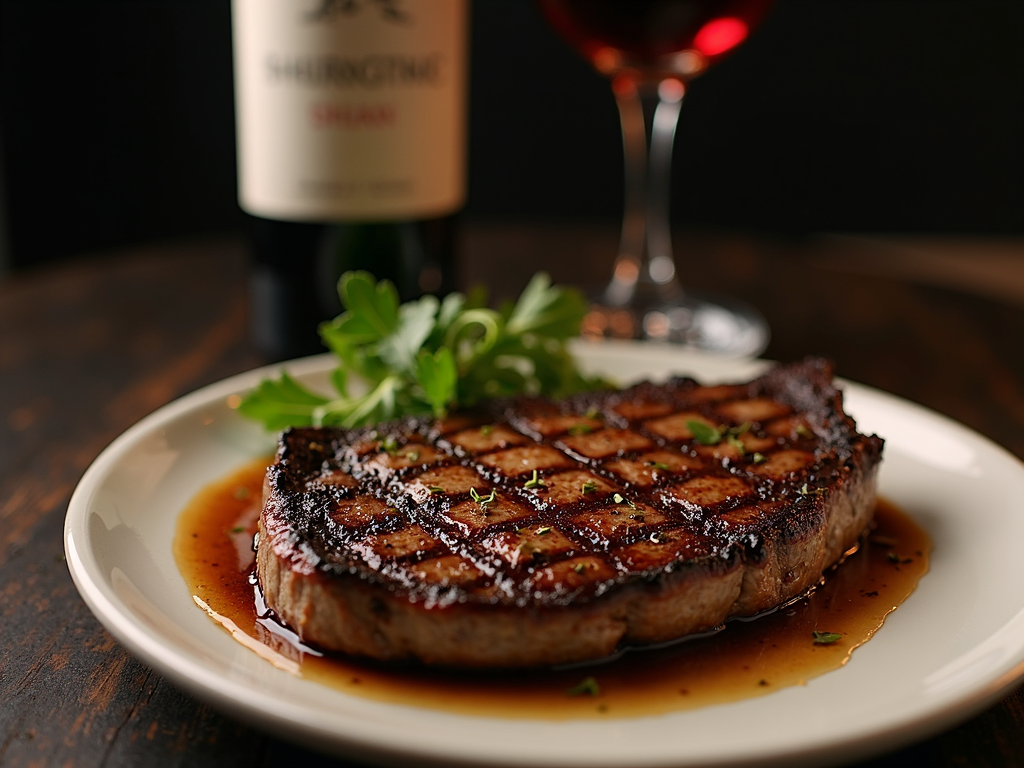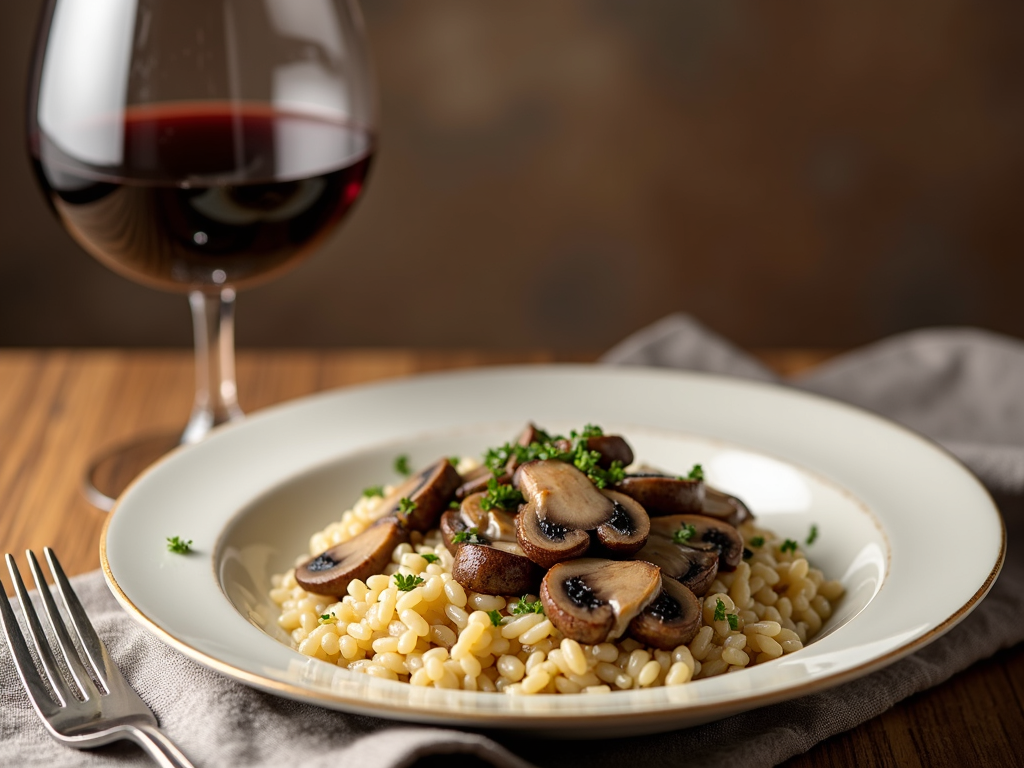Understanding Wine Pairings: A Simple Guide to Enhance Your Meal
Introduction
Wine pairings can transform a good meal into a great one. By understanding the basics of how wine and food interact, you can create harmonious flavor combinations that delight the palate. This guide will walk you through the essentials of wine pairings, from the fundamental principles to specific examples and personal tips.

The Basics of Wine Pairings
At its core, wine pairing is about balance. The wine should complement the food without overpowering it, and vice versa. Key factors to consider include the wine's body, acidity, tannins, and sweetness, as well as the food's flavor profile and intensity.
- Body: Match light wines with light dishes and full-bodied wines with hearty meals.
- Acidity: High-acidity wines pair well with fatty or rich foods.
- Tannins: Tannic wines cut through the richness of red meats.
- Sweetness: Sweet wines can balance spicy or salty dishes.

Types of Wine and Their Ideal Food Pairings
Different wines have distinct characteristics that make them suitable for certain foods. Here's a quick overview:
| Wine Type | Ideal Food Pairings |
|---|---|
| Red Wine | Red meats, pasta with red sauce, aged cheeses |
| White Wine | Seafood, poultry, creamy sauces |
| Rosé Wine | Salads, grilled vegetables, light appetizers |
| Sparkling Wine | Oysters, caviar, desserts |
For example, a bold Cabernet Sauvignon pairs beautifully with a juicy steak, while a crisp Sauvignon Blanc complements a fresh seafood salad.

The Art of Wine and Food Harmony
Achieving harmony between wine and food is both an art and a science. It's about finding flavors that enhance each other. Consider the following tips:
- Complement or Contrast: You can either match similar flavors (e.g., a buttery Chardonnay with lobster) or create contrast (e.g., a sweet Riesling with spicy Thai food).
- Regional Pairings: Wines and foods from the same region often pair well together.
- Personal Preference: Ultimately, the best pairing is one that you enjoy. Don't be afraid to experiment!

Common Mistakes to Avoid
Even seasoned wine enthusiasts can make pairing mistakes. Here are some pitfalls to watch out for:
- Ignoring the Sauce: The sauce can be more important than the protein. Pair the wine with the dominant flavor.
- Overcomplicating: Simple pairings often work best. Don't overthink it.
- Serving Temperature: Ensure wines are served at the correct temperature to bring out their best flavors.

Personal Experiences with Wine Pairings
One of my most memorable pairings was a Pinot Noir with a mushroom risotto. The earthy notes of the wine perfectly complemented the umami flavors of the dish, creating a truly harmonious experience. On the other hand, I once paired a light Rosé with a spicy curry, which was a mismatch—the wine's delicacy was lost in the bold spices. These experiences taught me the importance of considering both the wine's and the food's intensity.

Conclusion
Wine pairings are a delightful way to enhance your meals. By understanding the basic principles and being willing to experiment, you can discover combinations that elevate both the wine and the food. Remember, there are no strict rules—trust your palate and enjoy the journey of discovery.